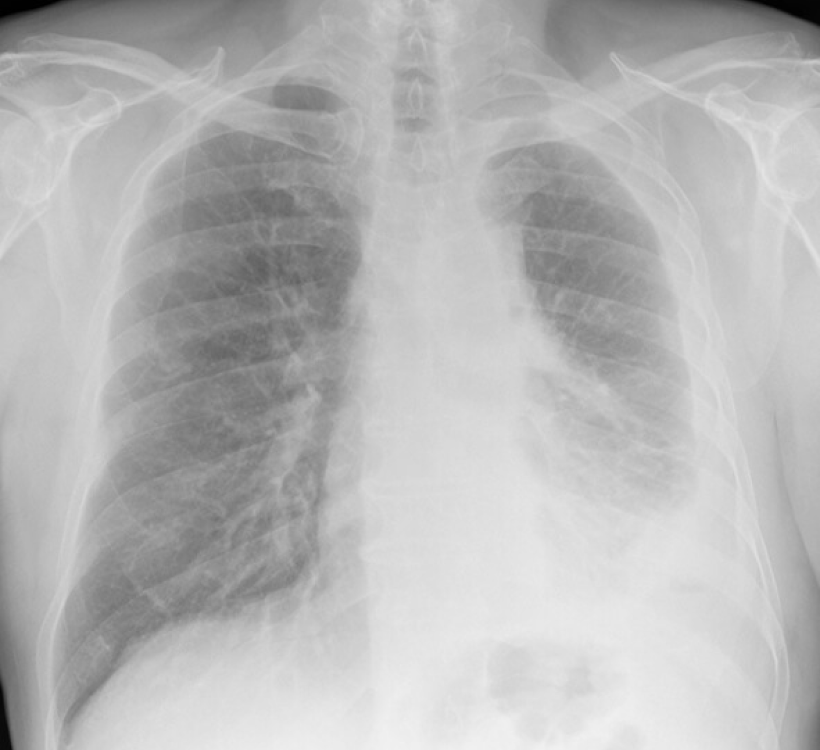
Individuals rely on medical professionals for a rapid, accurate diagnosis so treatment can begin. Even if the course of treatment is largely pain and symptom reduction, an accurate diagnosis is crucial. Unfortunately, pleural mesothelioma is often initially misdiagnosed since it shares numerous symptoms with other conditions.
For hundreds of years, countless consumer items and construction materials relied on asbestos to enhance the heat resistant and flame-retardant properties of the various products. As the products began to break down and deteriorate, however, the asbestos fibers became airborne, ready to be inhaled or ingested by unsuspecting individuals.
Due to the similarity of many of the symptoms, pleural mesothelioma is often misdiagnosed as:
- Emphysema
- Bronchitis
- Chest infection
- Chronic obstructive pulmonary disease (COPD)
- Lung cancer
- Adenocarcinoma
- Pleural Plaques
Symptoms such as difficulty breathing, coughing, wheezing, fatigue, chest pain and lung infections can lead doctors down an incorrect path of diagnosis.
A critical factor in reaching a correct diagnosis is an accurate history of the patient’s exposure to asbestos. Unfortunately, asbestos exposure is not uniquely tied to individuals who have directly worked with the material.
- Primary exposure: This is the phrase often reserved for people who were directly exposed to asbestos. At-risk occupations can include construction workers, miners, factory workers, boilermakers, automobile mechanics, shipyard workers, refinery workers and pipefitters. Workers in these occupations are likely to have breathed in fibers or ingested asbestos over the course of their work experience.
- Secondary exposure: Also known as domestic exposure or familial exposure, secondary exposure refers to those individuals who were exposed to asbestos through contact with another person. This other person was likely a close friend or loved one who was exposed to asbestos on the job, and left work wearing contaminated clothing or fibers still present on their body – under the fingernails, in the hair or on the skin.
If you are concerned that the symptoms you are experiencing are tied to past exposure to asbestos fibers, it is wise to consult a trusted medical professional and an attorney for legal guidance.














